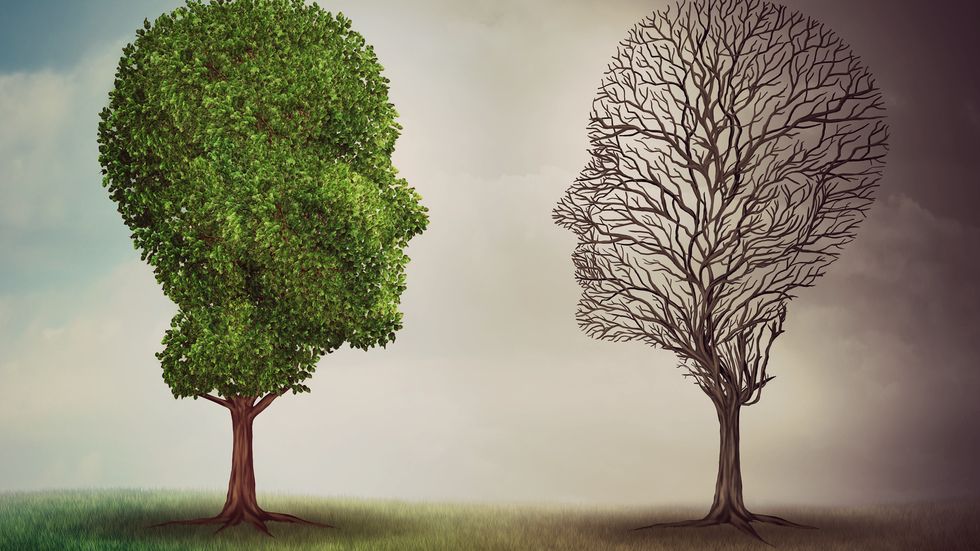After taking a break for myself, I thought that a perfect article would be continued from my depression one, but this one is, "What is Bipolar Disorder?"
So what is the definition of bipolar disorder? "Bipolar disorder, also known as manic-depressive illness, is a brain disorder that causes unusual shifts in mood, energy, activity levels, and the ability to carry out day-to-day tasks.
There are four basic types of bipolar disorder; all of them involve clear changes in mood, energy, and activity levels. These moods range from periods of extremely “up,” elated, and energized behavior (known as manic episodes) to very sad, “down,” or hopeless periods (known as depressive episodes). Less severe manic periods are known as hypomanic episodes." - https://www.nimh.nih.gov/health/topics/bipolar-dis...
The 4 types would be: Bipolar 1
Bipolar 2.
Cyclothymic Disorder
Other Specified and Unspecified Bipolar and Related Disorders
Lets break it down a bit..
1. Bipolar 1 -- "Bipolar 1 disorder, once known as manic depression, is a mental illness that involves vast, out-of-control mood swings from depressed to elevated moods. Bipolar 1 is the type most easily diagnosed as it contains the most pronounced elevated mood, called mania. A person with bipolar 1 (also noted as bipolar i) has episodes of both mania and depression. The presence of these episodes are the hallmark symptoms of bipolar I.
About 6 million people, or 2.5% of the U.S. population, suffers from bipolar disorder. About 1% of the people in the U.S. are thought to have bipolar 1 disorder." (https://www.healthyplace.com/bipolar-disorder/bipo...)
2. Bipolar 2 -- "Bipolar 2 disorder (also seen as bipolar II disorder) is a mental illness and one of four types of bipolar disorder. These disorders are characterized by uncontrollable mood swings, from elevated to depressed moods. Bipolar II is slightly more common than bipolar I, and is more common in women than in men. As with bipolar 1, bipolar 2 symptoms begin to appear, on average, at age 21.1 (More on what is bipolar disorder.)
A person with bipolar type II symptoms experiences depressed episodes, just as is seen in bipolar I, but also experiences hypomanic episodes rather than manic episodes. Hypomanic episodes can be thought of as milder forms of manic episodes." (https://www.healthyplace.com/bipolar-disorder/bipo...)
3. Cyclothymic disorder -- "(cyclothymia) is characterized by chronic fluctuating moods involving periods of hypomania and depression; however, the depression does not rise to the level of a major depressive episode. Many with cyclothymia are fully-functioning and possibly hyper-productive if frequent hypomanias occur. Some with cyclothymic disorder eventually develop a more severe type of bipolar disorder. "(https://www.healthyplace.com/bipolar-disorder/bipo...)
4. Bipolar Disorder Not Otherwise Specified -- " (bipolar NOS) is diagnosed when the bipolar disorder is not characterized exactly by any of the above types of bipolar disorder. The depressive and manic/hypomanic experiences of bipolar disorder vary from person to person and the bipolar NOS diagnosis is used as a catchall for bipolar symptoms which do not fall specifically into another bipolar disorder type. "(https://www.healthyplace.com/bipolar-disorder/bipo...)
I thought this article would help people understadn which is what and that bipolar is a REAL mental illness.





 mr and mrs potato head
StableDiffusion
mr and mrs potato head
StableDiffusion










